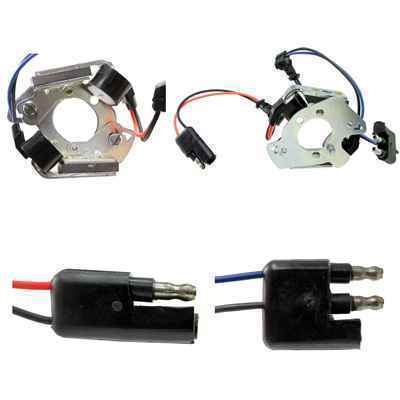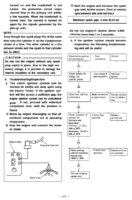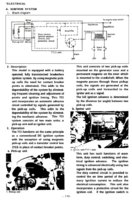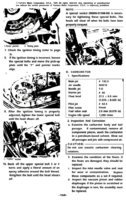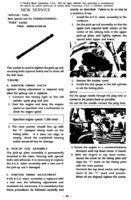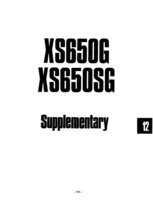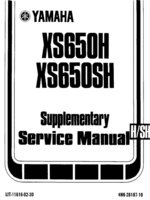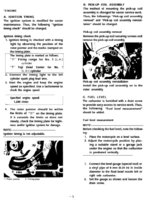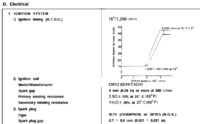Wharfcreek
Near 50 Yrs of Experience
Hello Leo,
Just to clarify...... I had done a substitution of a known good box for my 'old' box, and with the known good box, the engine ran 'ok'. I say 'ok' because it still need further tuning.....but, from idle to about 5K it runs well. Over 5K it breaks up, but I've narrowed that down to 'carb' issues. So, given that the known 'good' unit does work properly on the bike...... my inclination is that the magnet/pickup combo is fine. But, I may stick the RatShack magnet on there just for good measure.....and I appreciate the advice!! Thanks!!
As to repairing the old unit, thanks to TwoMany for posting the schematic! I don't know if all those parts are available today.....and I'm not sure that 'exactly' the same diagram for my unit. In looking at it.......I see 5 transistors.....and my unit only has 4 on it's board....though I do have an '81. Odd discrepancy....and may be my error; I may have missed on on my board. I just wonder if that IC chip is available? My guess is not.....but hopefully I'm wrong. I would guess the transistors can be sourced......if not 'exactly'....then there are probably suitable replacements available.
Thanks guys!! Most helpful!
Tom D.
Just to clarify...... I had done a substitution of a known good box for my 'old' box, and with the known good box, the engine ran 'ok'. I say 'ok' because it still need further tuning.....but, from idle to about 5K it runs well. Over 5K it breaks up, but I've narrowed that down to 'carb' issues. So, given that the known 'good' unit does work properly on the bike...... my inclination is that the magnet/pickup combo is fine. But, I may stick the RatShack magnet on there just for good measure.....and I appreciate the advice!! Thanks!!
As to repairing the old unit, thanks to TwoMany for posting the schematic! I don't know if all those parts are available today.....and I'm not sure that 'exactly' the same diagram for my unit. In looking at it.......I see 5 transistors.....and my unit only has 4 on it's board....though I do have an '81. Odd discrepancy....and may be my error; I may have missed on on my board. I just wonder if that IC chip is available? My guess is not.....but hopefully I'm wrong. I would guess the transistors can be sourced......if not 'exactly'....then there are probably suitable replacements available.
Thanks guys!! Most helpful!
Tom D.



